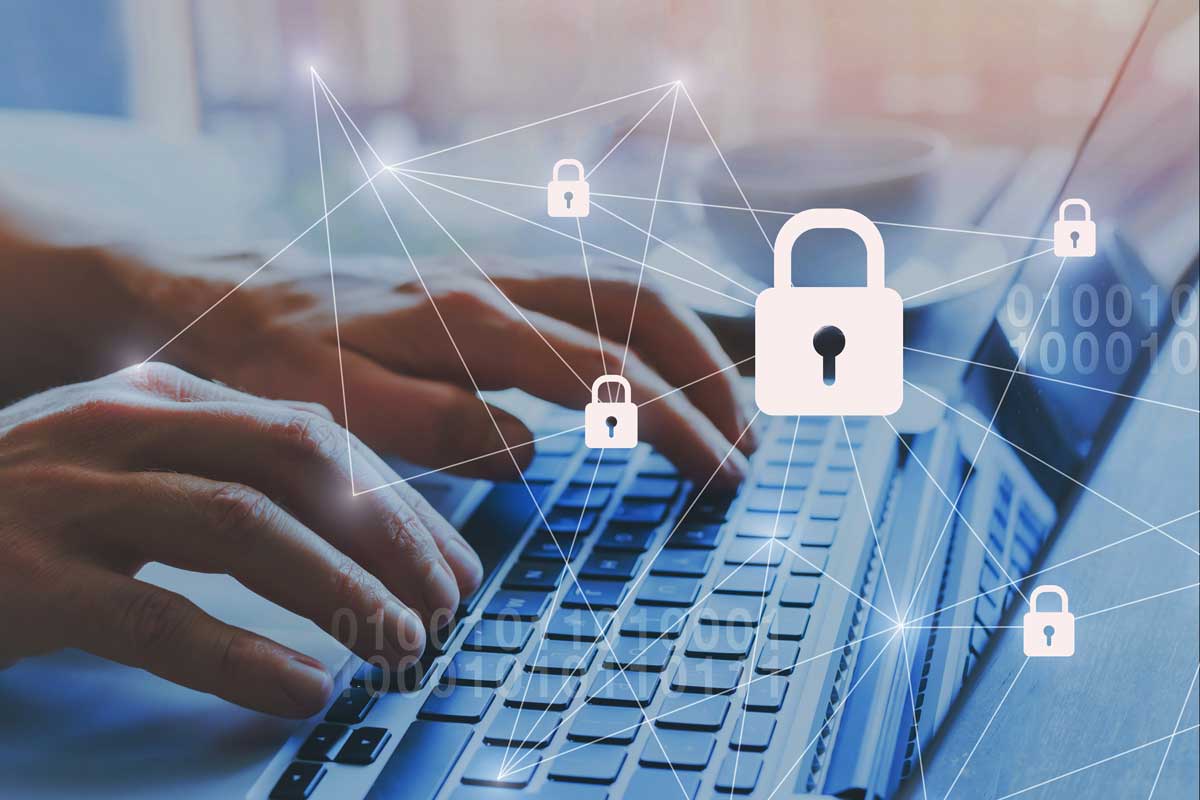As businesses navigate the ever-evolving digital landscape, cybersecurity remains a critical concern. With cyber threats becoming increasingly sophisticated, it is imperative for organizations to stay informed about the latest trends and best practices. In this blog post, we will delve into the emerging cybersecurity trends that businesses need to be aware of in 2023 and beyond. By understanding these trends, organizations can proactively protect themselves against potential threats and safeguard their valuable data.
Rise of Artificial Intelligence in Cyber Defense:
Artificial Intelligence (AI) has revolutionized various industries, and cybersecurity is no exception. AI-powered systems have the ability to analyze massive amounts of data, detect patterns, and identify potential threats in real time. By leveraging machine learning algorithms, businesses can enhance their defense mechanisms and respond swiftly to emerging cyber threats. From predictive analytics to automated incident response, AI is becoming an indispensable tool in the fight against cybercrime.
Cloud Security:
The rapid adoption of cloud computing has brought countless benefits to businesses, including increased flexibility, scalability, and cost-efficiency. However, this shift to the cloud has also opened up new vulnerabilities and risks. As more sensitive data is stored and processed in the cloud, businesses must prioritize robust cloud security measures. Encryption, access controls, and regular security audits are just a few of the essential steps businesses should take to protect their data from unauthorized access and potential breaches.
Hybrid Data Centers:
With the growing demand for hybrid IT environments, where businesses utilize both on-premises infrastructure and cloud services, securing data across these hybrid data centers has become crucial. The challenge lies in maintaining consistent security standards and visibility across multiple platforms. Businesses need to implement comprehensive security measures that cover both their own infrastructure and the cloud services they rely on. This includes network segmentation, data encryption, and strong authentication protocols to safeguard critical assets.
Cyber-Attack Surface and Vectors:
As businesses embrace digital transformation, their attack surface expands, providing cybercriminals with more opportunities to exploit vulnerabilities. The proliferation of Internet of Things (IoT) devices, interconnected systems, and third-party integrations has significantly increased the potential entry points for cyber attacks. To mitigate these risks, businesses must adopt a proactive approach to cybersecurity. This includes conducting regular vulnerability assessments, implementing robust access controls, and educating employees about best practices in cybersecurity hygiene.
Geo-Political Cybersecurity Attacks:
Cybersecurity threats are no longer confined to individual hackers or criminal organizations. In recent years, we have witnessed an alarming rise in geo-political cyber attacks, where nation-states target businesses to achieve political, economic, or military objectives. These attacks pose a significant risk to businesses, as they often involve sophisticated techniques and advanced persistent threats (APTs). To protect against such attacks, businesses must invest in advanced threat intelligence, implement strict perimeter defenses, and collaborate with government agencies and industry partners to stay abreast of the latest threats.
In an era where cyber threats continue to evolve and grow in sophistication, businesses must remain vigilant and proactive in their cybersecurity efforts. By embracing emerging trends such as AI-powered cyber defense, prioritizing cloud security, securing hybrid data centers, addressing the expanding attack surface, and staying informed about geo-political cybersecurity attacks, businesses can fortify their defenses and safeguard their valuable assets. In this rapidly changing digital landscape, staying ahead of the curve is not just an option, but a necessity for businesses to thrive in the years to come.









